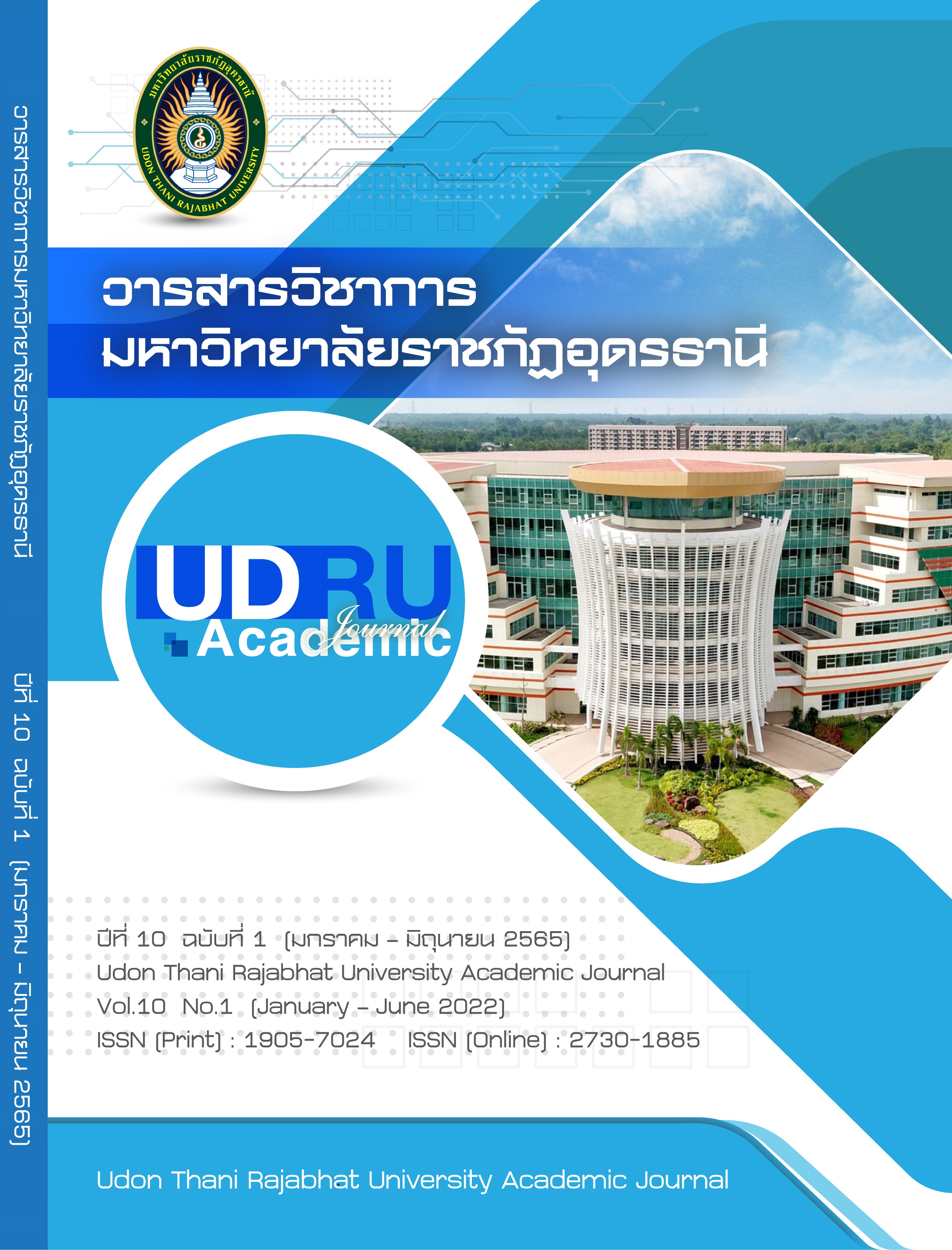An Evaluation of English Teaching Reform Policy Implementation in Upper Northeast Secondary Schools of Thailand
Main Article Content
Abstract
The evaluation research which used a mixed method research by the CIPP model. The quantitative samples consisted of 168 schools under the Secondary Educational Service Areas Office, Areas 19 to 23 by stratified random sampling. Data were collected from 974 people using an assessment form and a development guideline of 10 experts interviewing. Statistics on percentages, mean, multiple regression analysis and content analysis were used. Multi-cases study key informants from two medium-sized schools were selected specifically from a quantitative sample. An in-depth interview, document analysis, observation, and group discussion with content analysis were used. The results of the research were as follows: 1) The English teaching reform policy was clear, able to communicate to practitioners and resources were allocated at a high level. 2) The school policy administration of context, input, and process in overall were at a high level. All factors were a high level of positive correlation with statistical significance at the .01 level. The inputs and processes were the good predictors of product. Input development should aim to develop administrators, teachers and students according to their roles with adequate budget and suitable equipment. Using PDCA quality process monitoring the work, follow-up, and summary reports should be taken in the process development. 3) The extracting lessons of the policies implementation in the outstanding and not outstanding schools were found both similarities and differences in context, inputs, processes, and outputs.
Keywords: evaluation research, English teaching reform policy, policy implementation


